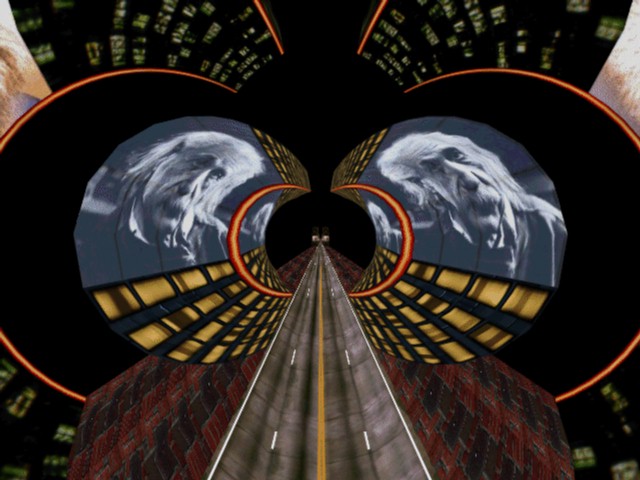Special and General Relativity, and an Introduction to Mathematical Methods in Physics
Physics 225, Fall 2017
Lecture (50 minutes): Loomis 151, Tuesdays at 4 pm
Discussion section (110 minutes): Loomis 158, Wednesdays at 4 pm, 6 pm, 8 pm; Fridays at noon, 2 pm, 4 pm, 6 pm
2 credit hours
Optional exam review session: Loomis 151, 1 pm - 2 pm, December 14.
Final exam: Saturday evening, December 16. Please arrive by 5:15 pm; we will distribute the exam at 5:30. Students attending Wednesday discussion sections: 151 Loomis. Students attending Friday discussion sections: 1320 Digital Computer Laboratory.

News, announcements, errata
• 8/19/17: Physics 225 first meets on Tuesday August 29. The course packet for the entire term is now available at the bookstore; you should buy it and bring it to each and every lecture and discussion section.
The basics
It is Einstein's Theory of Relativity that braids space and time into a thread from which the fabric of existence is woven; it is Relativity that forces the existence of magnetism, and the Pauli Principle, and the biochemistry of living things. A Newtonian universe would be sterile.
In spite of this, there is a fever-dream alienness to Einstein's theory. It is a subject that offers students a first opportunity to see how profoundly different physical reality is from our familiar (and grossly inaccurate) classical picture. This divergence springs inescapably from a single, simple observation: the speed with which a beam of light travels through empty space is exactly 299,792,458 meters per second. It does not matter if the source of light is moving with respect to the measuring apparatus. The speed of light never changes.
The format of the course comprises weekly meetings in which students work together in small groups (closely supervised by the instructor) to solve a number of simple problems, then to discuss the conclusions one can draw from the results. In this way, students will derive for themselves some of the surprising features of our post-classical reality.
We will review mathematical techniques as required. Students will be expected to become comfortable using calculus to solve problems as necessary.
Completion of each of the weekly homework sets will require two or three hours. Grades will be based most strongly on participation in the weekly meetings and performance on problem sets and exams.
Pre/corequisites: Physics 212 and Math 231.
Two credit hours.

Simulating eXtreme Spacetimes [CC BY-SA 4.0 (http://creativecommons.org/licenses/by-sa/4.0)], via Wikimedia Commons
Unless otherwise noted, all material copyright George Gollin, University of Illinois, 2017.
Image at top of page: Hansong Zhang. Used with permission.
